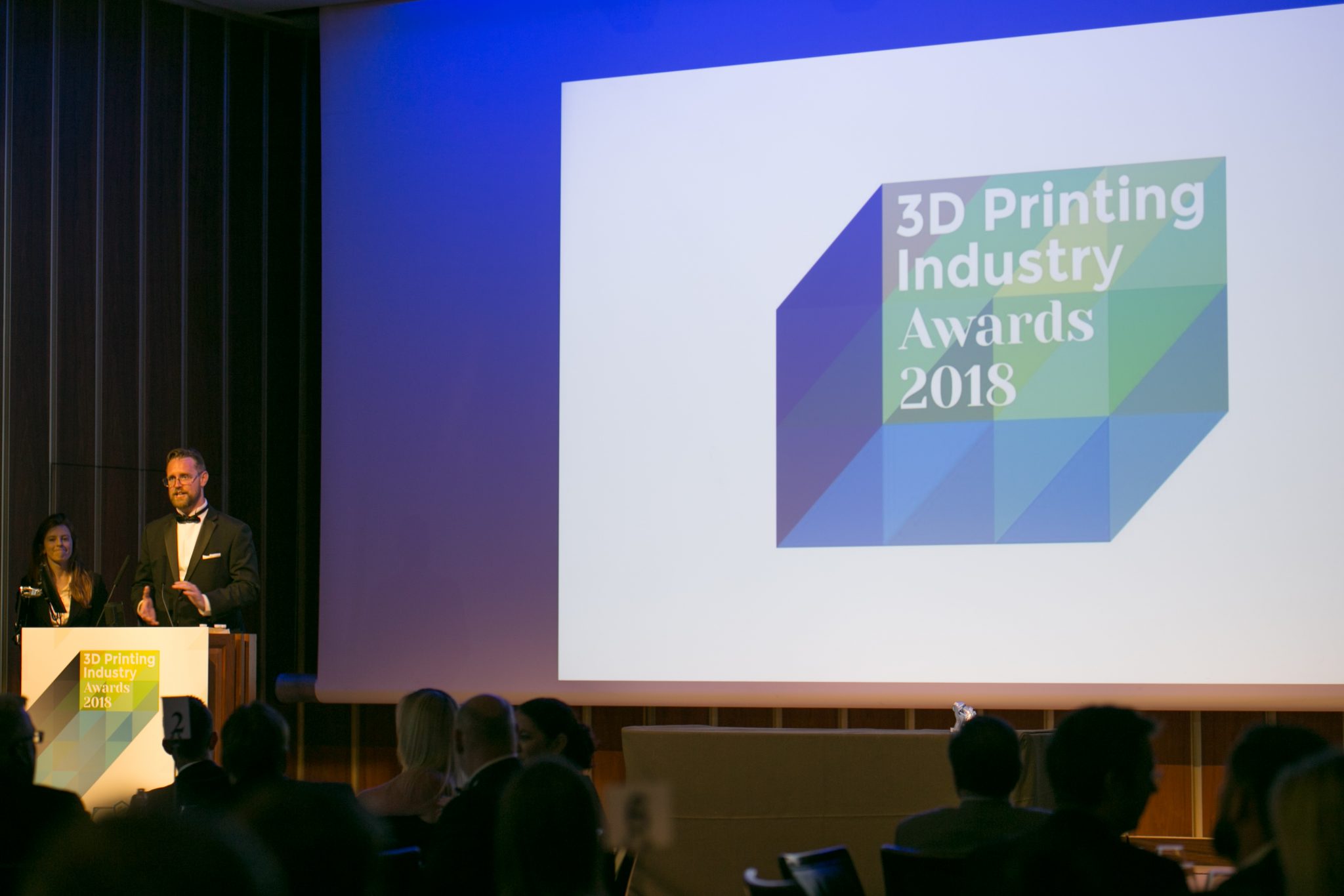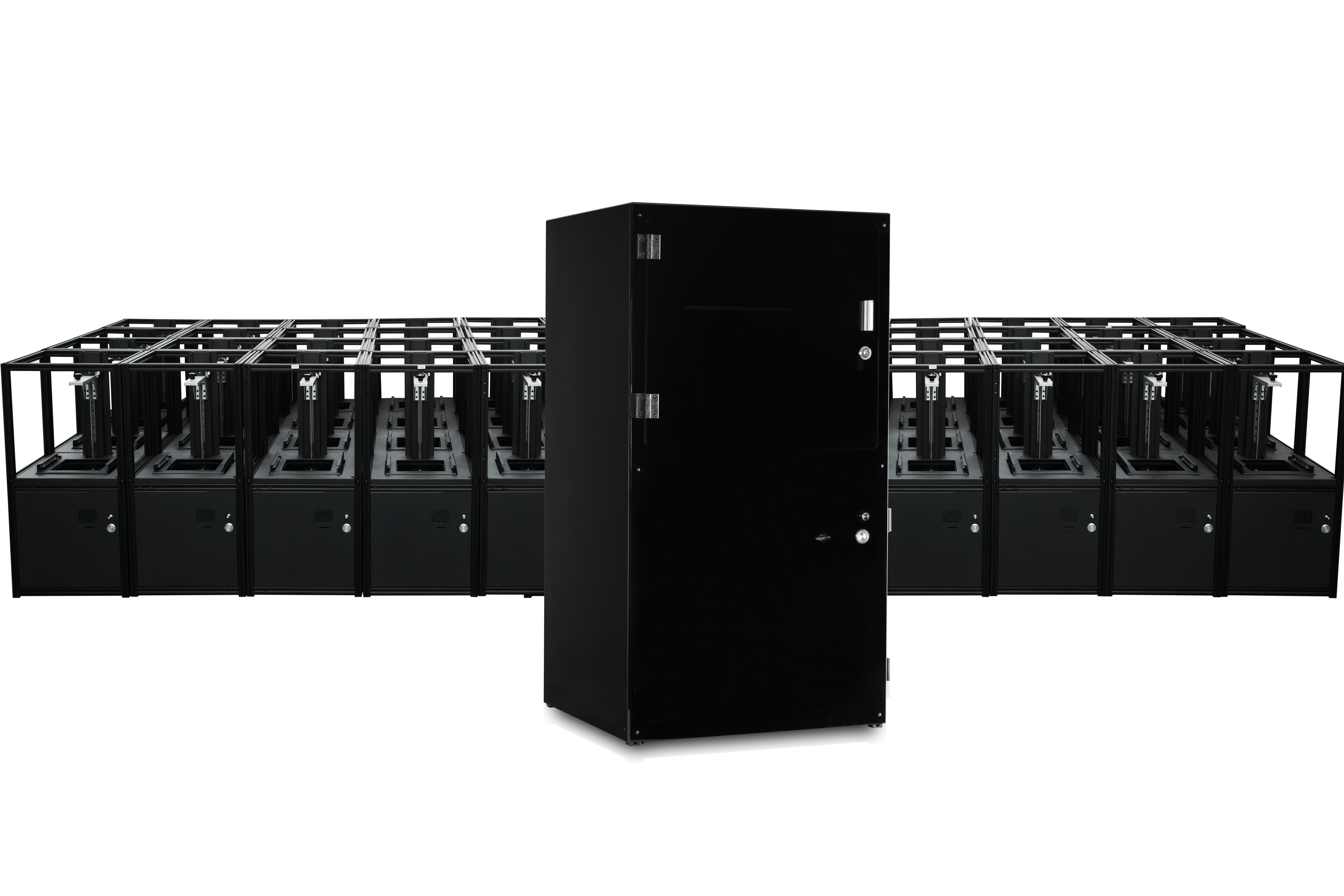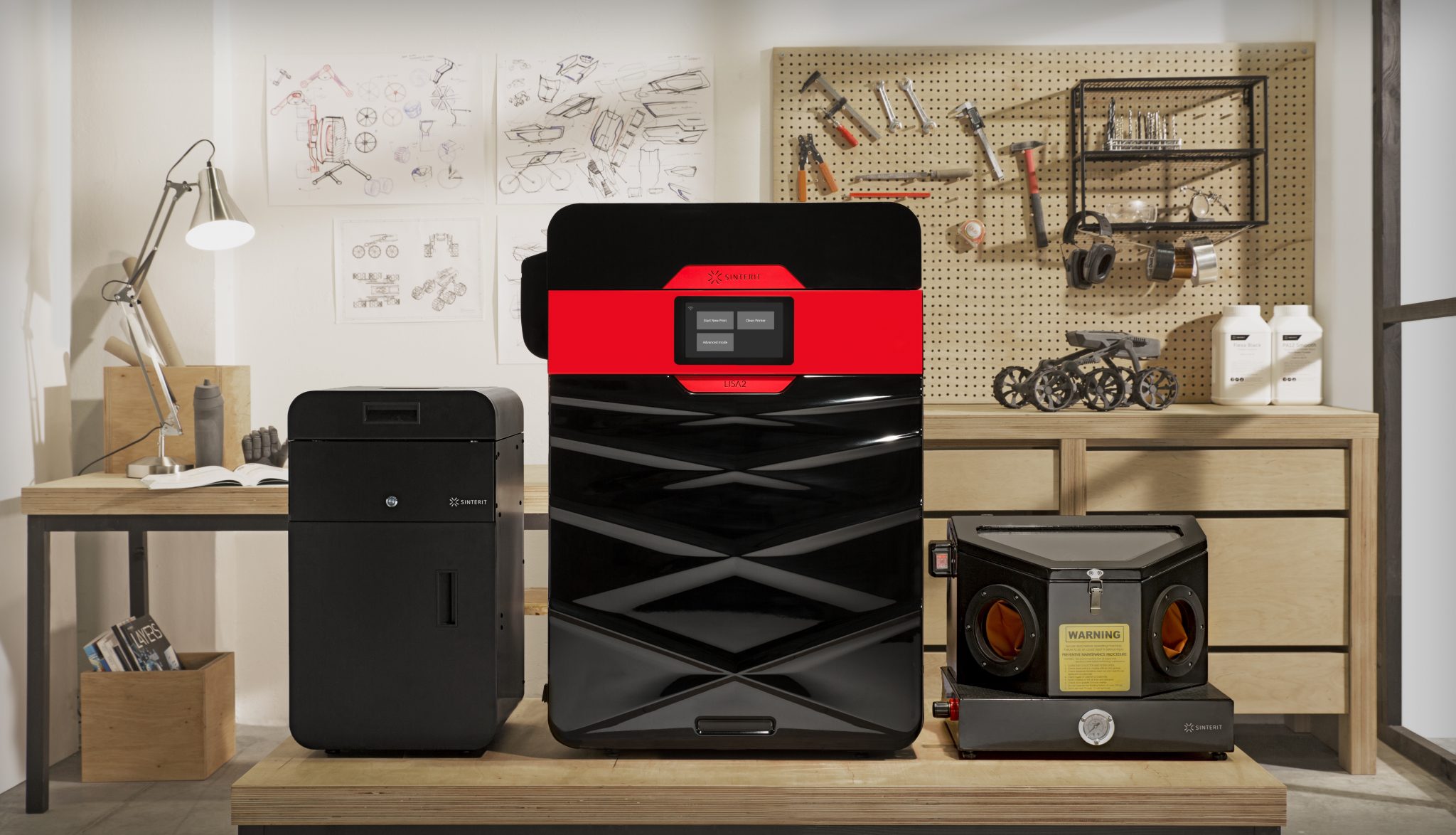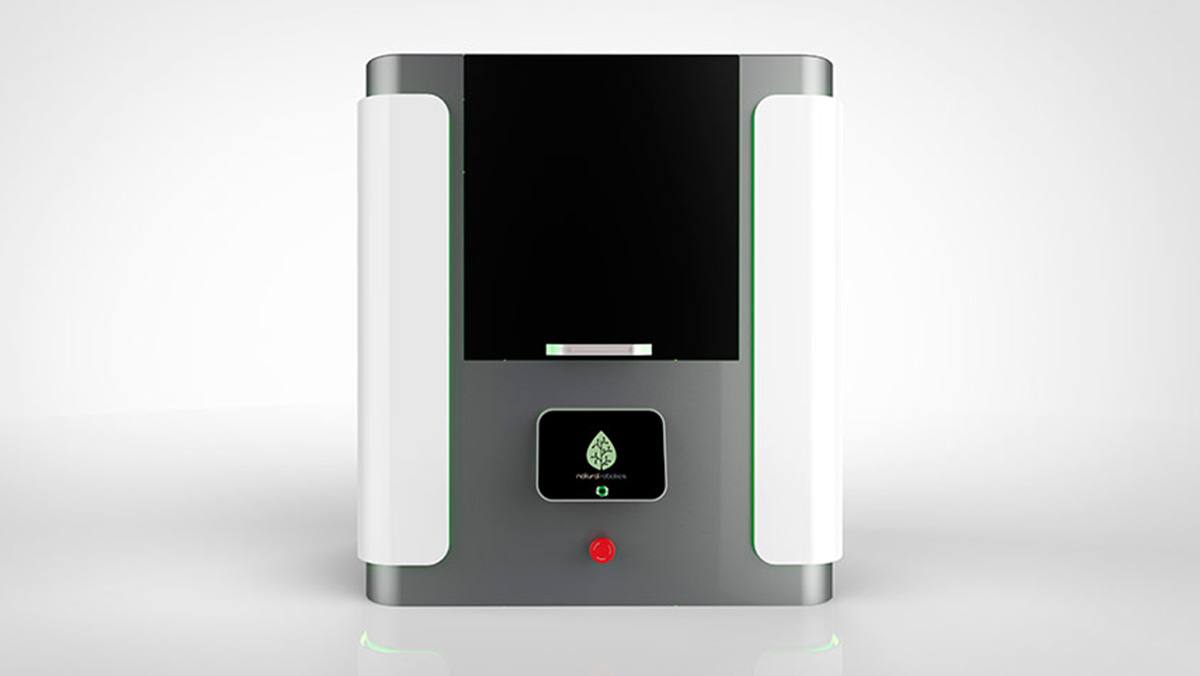The Oscars are upon us, and so are the nominations for the 2019 3D Printing Industry Awards.
Thus far, among the 20 categories included, “Personal 3D printer of the year (other)”, has received a variety of non-FFF/FDM desktop systems serving various markets. Here, we take a look at some of this year’s nominees.
Can’t find a 3D printer deserving of an award in this article? Make your nominations here to get the name on the list before the March 1st, 2019 deadline.

SLA systems from Formlabs, Peopoly, and 3D Systems
Peopoly, a Hong Kong-based 3D printing startup, has been nominated for its latest SLA 3D printer, the Moai 200. As an upgrade of Peopoly’s original Moai, released in July 2017 after a successful Kickstarter campaign, the Moai is designed for higher resolution larger 3D prints.
Unlike its predecessor, the Moai 200 is fully assembled in the factory and not sold as a partial self-assembly kit. However, the parts are modular and the system still holds a 70-micron laser spot.
Also, with a build volume of 20 x 20 x 25cm, the Moai is said to be 2.7 times greater than the Formlabs Form 2 SLA 3D Printer – another system nominated for in the personal 3D printer category. This machine utilizes a 250mW precision laser in tandem with Formlabs’ specialty resin for medical, dental, and industrial grade parts.

Furthermore, 3D Systems’ FabPro 1000 3D printer has also been nominated by readers. According to Phil Schultz, Senior Vice president, and General Manager, of 3D Systems on-demand manufacturing and plastics, this system is designed “to check all the boxes on professional designers’ and engineers’ wish lists for entry-level 3D printing.”
The FabPro 1000 has a maximum build envelope capacity of 125 x 70 x 120 mm and uses Digital Light Printing (DLP) SLA technology. In addition, this 3D printer reportedly maintains high-throughput print speeds three times faster than to competing systems.
The Sinterit Lisa Pro
Sinterit, Polish 3D printer manufacturer has been recognized by readers for its latest Selective laser sintering (SLS) 3D printer, the Lisa Pro. As a higher-end benchtop 3D printer, the Lisa Pro includes optional inert nitrogen gas control to the build chamber, unlike its previous versions.
With this additional feature, the Lisa Pro, which measures 690 x 500 x 880mm in dimensions, has enabled Sinterit to expand on its range of desktop ready SLS materials into a wider range of more industrial-grade powders.

Another desktop SLS 3D printer that fits the Personal 3D Printer of the Year category, but is yet to be nominated, is the VIT from Barcelona-based developer Natural Robotics.
The VIT has been in development since 2014 and was launched with the help of a Kickstarter campaign. Although the company’s first 3D printer was the FFF/FDM system known as the Delta Black, the VIT is designed to produce different types of polymer powders, with great quality and definition, specifically with 0.05mm resolution.
Additionally, the VIT 3D printer has dimensions of 800x600x950mm and print speeds of 20mm/h. Also, the system integrates a CO2 40W laser technology which enables the wider range of powders such as polyamide.

You decide the 2019 Personal 3D Printer of the Year
Most of the 3D printers mentioned in this article and more have already been nominated for our 2019 Personal 3D Printer of the Year (other) Award, but there is still a chance to select a 3D printer you believe should be in the running. Whether you’re a company or an avid reader, get involved and make your nominations for the 2019 3D Printing Industry Awards now.
For further awards updates and ideas for who to nominate this year, subscribe to the 3D Printing Industry newsletter, follow us on Facebook and like us on Twitter.
Seeking 3D Printing Jobs? Join and advertise on our dedicated site now to reach professionals in this industry.
Featured image shows the 2018 3D Printing Industry Awards trophy, made by Protolabs, in the hands of one of last year’s winners.


